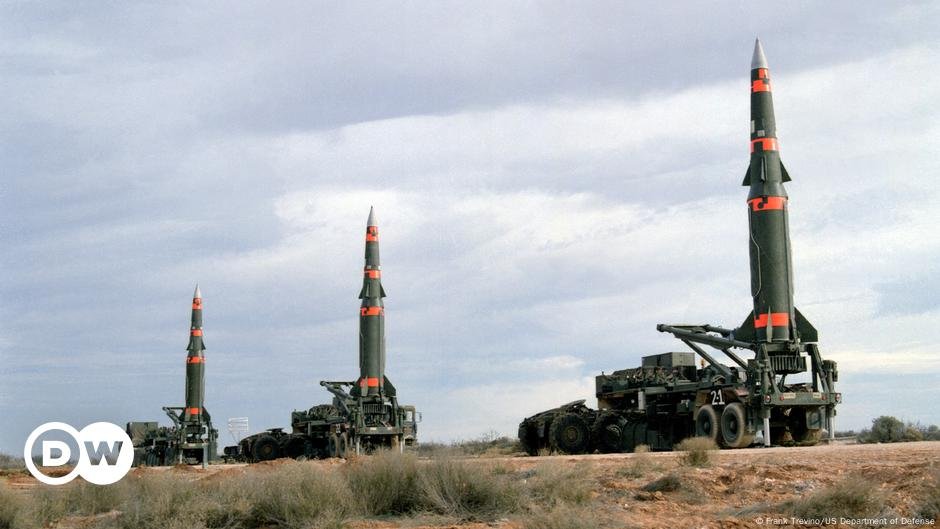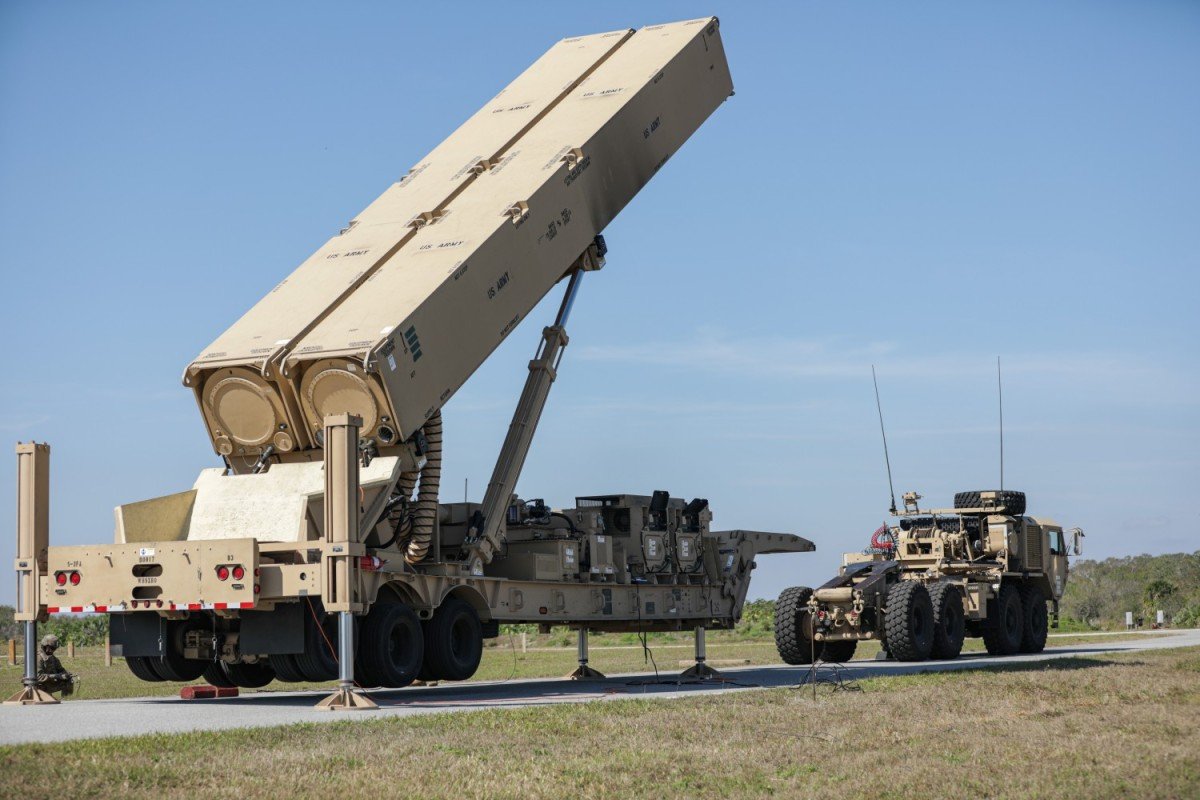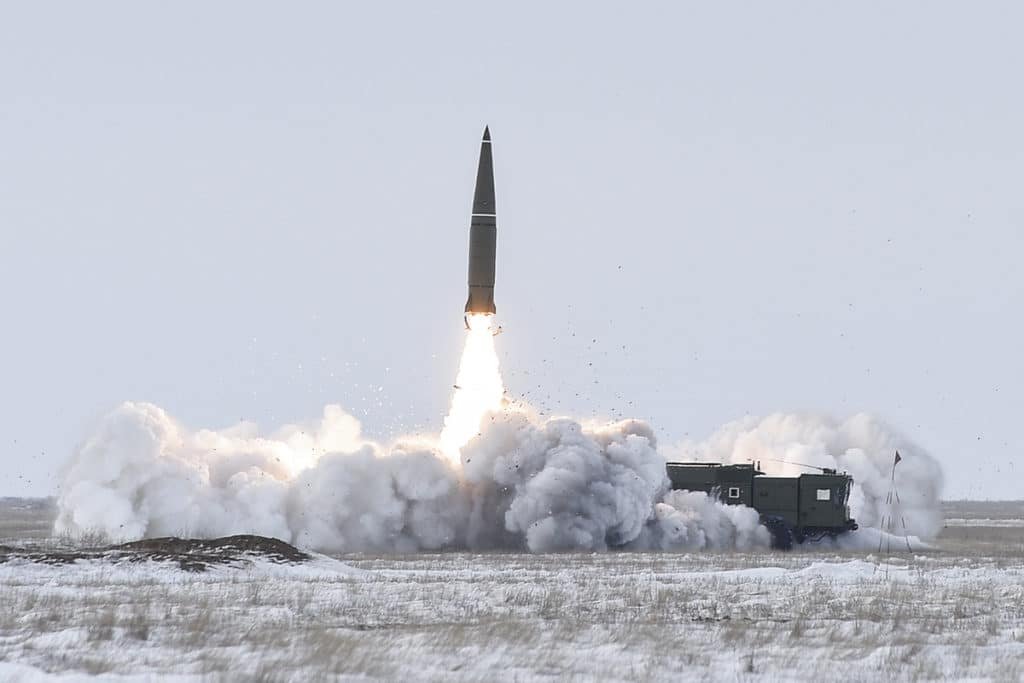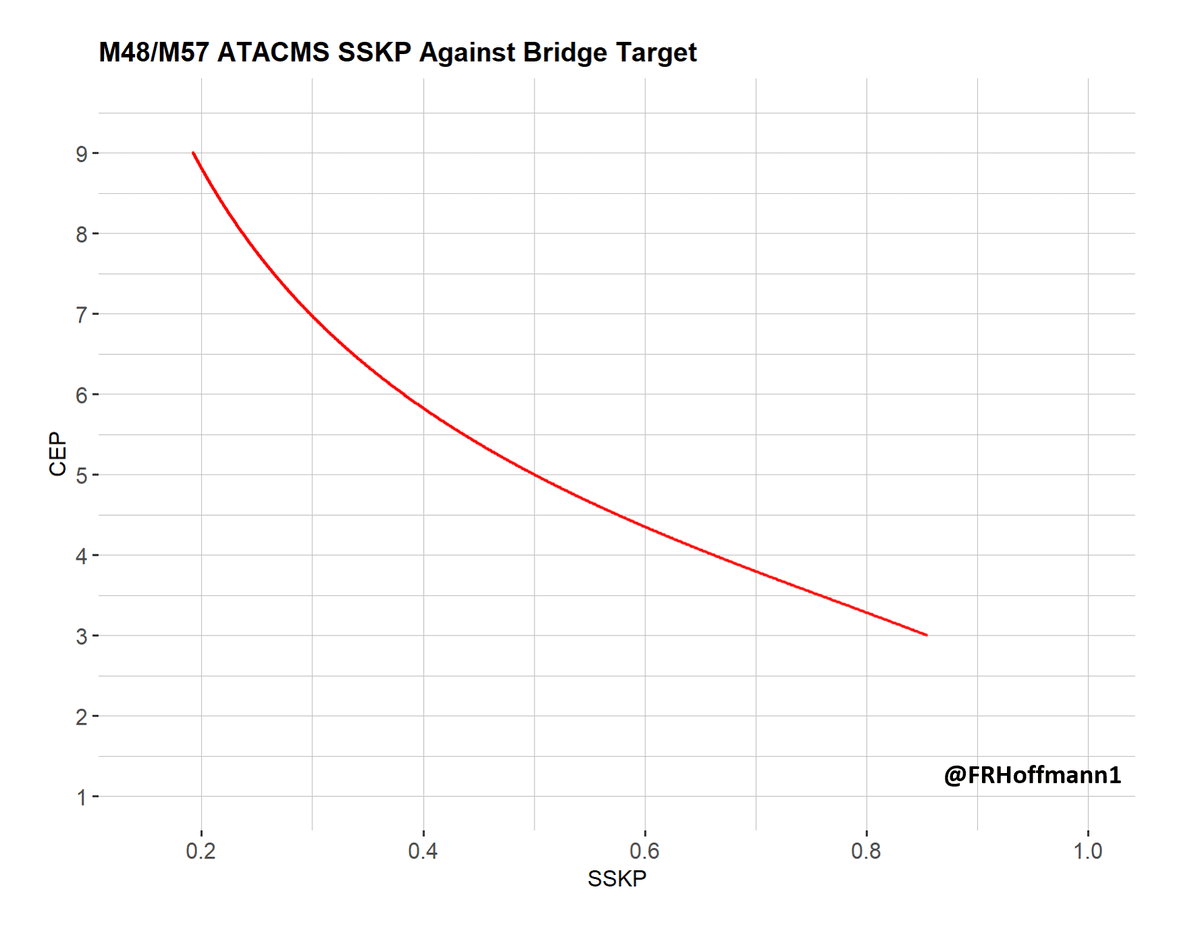When people claim medium-range missiles in Germany are destabilizing because they can reach homeland targets deep inside Russia, including Moscow, ask how often they’ve complained about short-range ballistic and land-attack cruise missiles stationed in Kaliningrad.
1/5
1/5

For over a decade, Russia has been threatening European capitals and homeland targets with its Iskander-M ballistic and cruise missile systems, both nuclear & conventionally armed, from Kaliningrad.
Russia has also frequently hinted at using them in first-strike scenarios.
2/5


Russia has also frequently hinted at using them in first-strike scenarios.
2/5


But now that NATO deploys exclusively conventional missile systems, capable of threatening military targets deep inside Russia, escalation risks will suddenly spiral?
Why? NATO only reciprocates the threat that Russia has imposed on Germany and others for years.
3/5
Why? NATO only reciprocates the threat that Russia has imposed on Germany and others for years.
3/5
If Russia wants to return to the negotiating table and discuss an end to INF-range missiles in Europe, I'm happy to sit down.
But short-range ballistic and land-attack cruise missiles in Kaliningrad (and Belarus) will be on the chopping block too.
4/5fas.org/publication/be…
But short-range ballistic and land-attack cruise missiles in Kaliningrad (and Belarus) will be on the chopping block too.
4/5fas.org/publication/be…
What we cannot do is return to a state of asymmetric vulnerability, where European capitals and homeland targets are minutes away from a Russian missile strike, while Europe lacks the means to respond in kind.
If Russia wants to arms race over this, so be it.
5/5
If Russia wants to arms race over this, so be it.
5/5
• • •
Missing some Tweet in this thread? You can try to
force a refresh













